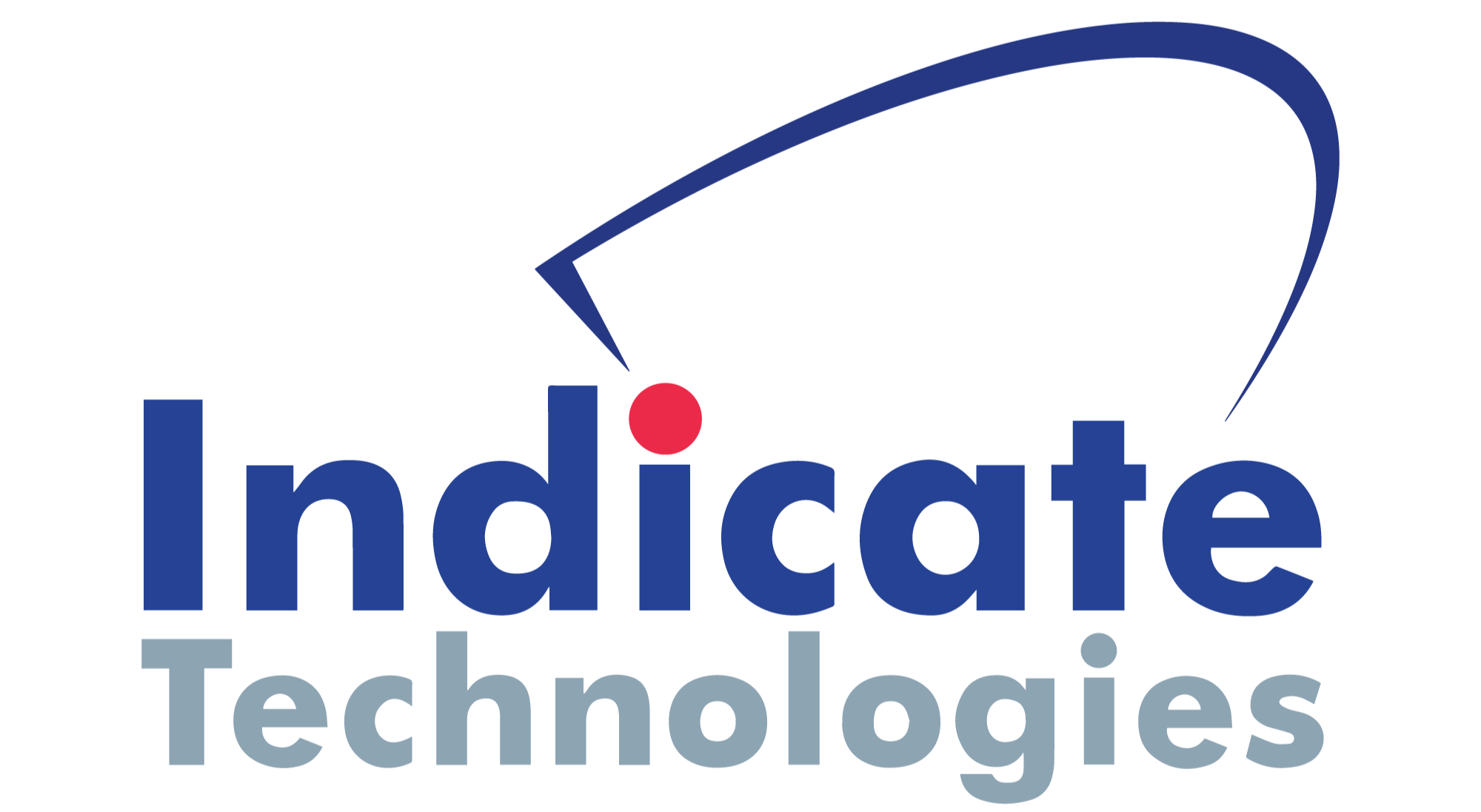Learn More
3D Scanners
Structured-light technology I From capturing geometry and color of tiny parts up to entire landscapes
Software
Shop 3D Scanners
3D Scanning Services
If you have a need to digitize a physical object but aren't quite ready to invest into your very own 3D scanner, we are here to help!
With our portfolio of different 3D scanning technologies, including structured light, laser, LiDAR and photogrammetry, we can professionally meet the needs and expectations required in a variety of applications.
What is 3D Scanning?
3D scanning is the process of capturing three-dimensional data of a physical object using a variety of scanning technologies such as structured light, laser, or photogrammetry. This advanced technique is essential for industries that require precision in reproducing objects with intricate details.
The scanner operates by capturing not only the object's shape and size but also its texture, resulting in a digital 3D model that holds immense potential. This model serves as the foundation for a range of applications, from 3D printing to CAD modeling, product design, engineering, or even animation.
The popularity of 3D scanning has surged across industries due to its exceptional accuracy, rapid processing speed, and cost-effectiveness. It facilitates the development of elaborate, top-tier models, which serve diverse purposes like visualization, in-depth analysis, and streamlined production processes. The scope of 3D scanning is expansive and diverse, spanning fields such as automotive and aerospace engineering, medical imaging, and the preservation of cultural heritage.
By integrating 3D scanning software into various workflows, professionals can harness the power of digital precision to advance their projects. Whether it's reverse engineering a complex component or breathing life into artistic creations, 3D scanning is revolutionizing how industries approach design and production.
Popular 3D Scanning Technologies
Structured Light
Laser
LiDAR
CT
Photogrammetry
Structured Light 3D Scanning
Structured Light 3D Scanning uses a structured light projector to project patterns onto an object, which are then captured by a camera to create a 3D model. This technology can capture detailed surface information quickly and accurately, making it a popular choice for many industries.
Laser 3D Scanning
Laser 3D Scanning uses a laser to capture precise measurements of an object's surface, creating a 3D model with high accuracy and resolution. Laser scanning is often used for complex objects or objects with intricate geometries, as it can capture highly detailed information.
LiDAR 3D Scanning
LiDAR 3D Scanning is a remote sensing technology that uses laser pulses to create a 3D digital representation of the physical environment. It works by emitting laser beams from a sensor, which bounce back off objects in the environment and return to the sensor. The time it takes for the laser pulses to return allows for the calculation of distance and the creation of a 3D point cloud. LiDAR has become increasingly popular due to its ability to quickly and accurately capture detailed 3D data of large areas.
X-Ray Computed Tomography
X-Ray Computed Tomography, or CT Scanning is a type of scanning done by taking X-Rays of an object from multiple angles, which are pieced together to form a 3D model of an object. This process details the outer and inner surfaces of the object in extreme detail. It also allows for defects like voids to be spotted in welds or cast objects.
Photogrammetry 3D Scanning
Photogrammetry 3D Scanning uses photographs of an object taken from different angles to create a 3D model. Photogrammetry can be done with a simple camera, making it a cost-effective option for many applications.
Our Core Competencies in 3D Scanning
At Indicate Technologies, we specialize in providing high-quality 3D scanning solutions to our clients across a wide range of industries.
Our core competencies in 3D scanning are centered around our ability to deliver accurate, detailed, and cost-effective solutions that meet the unique needs of each of our clients.
One of our primary strengths is our expertise in laser scanning technology. We use state-of-the-art laser scanners to capture precise measurements of an object's surface, which allows us to create 3D models with high accuracy and resolution. Our laser scanning technology is particularly well-suited to complex objects or objects with intricate geometries.
In addition to laser scanning, we also specialize in photogrammetry and structured light scanning. Our photogrammetry solutions use photographs of an object taken from different angles to create 3D models, while our structured light scanning technology uses a structured light projector and camera to capture surface information.
At Indicate Technologies, we pride ourselves on our ability to provide tailored solutions that meet the specific needs of each of our clients. Whether you need 3D scanning for reverse engineering, quality control, or another application, we have the expertise and technology to deliver the results you need. Contact us today to learn more about how we can help you with your 3D scanning needs.
Marcio's 3D Corner
Márcio Adamy’s passion for 3D scanning has developed over the decades. Márcio’s 3D Corner chronicles continue exploits digitizing our world.
By tuning in, you will follow his adventures through weekly posts and be able to comment and ask him questions.
Márcio Adamy, Indicate Technologies' 3D Scanning Expert



























